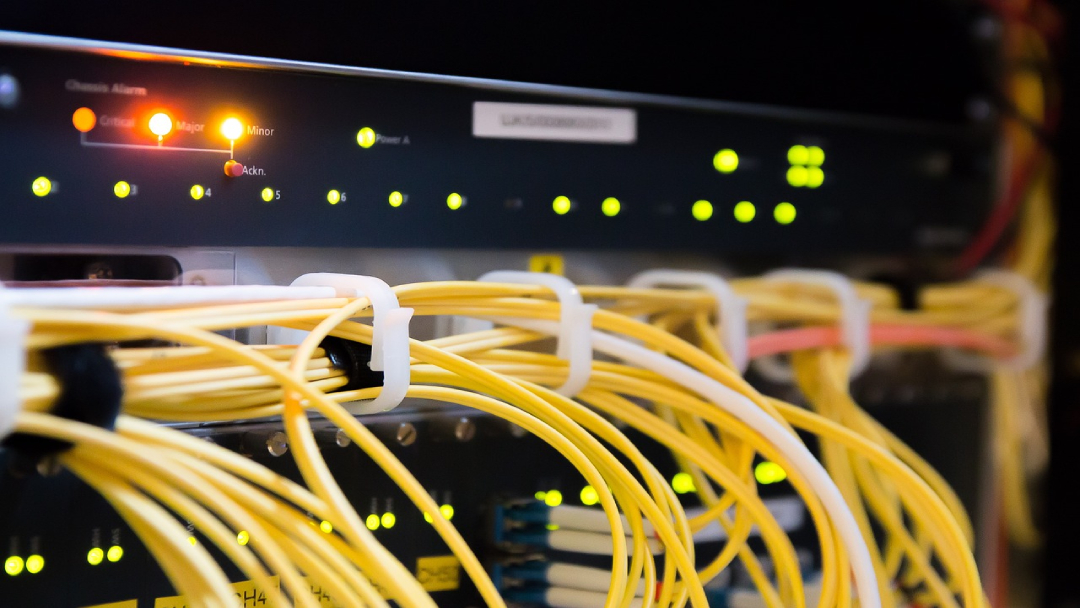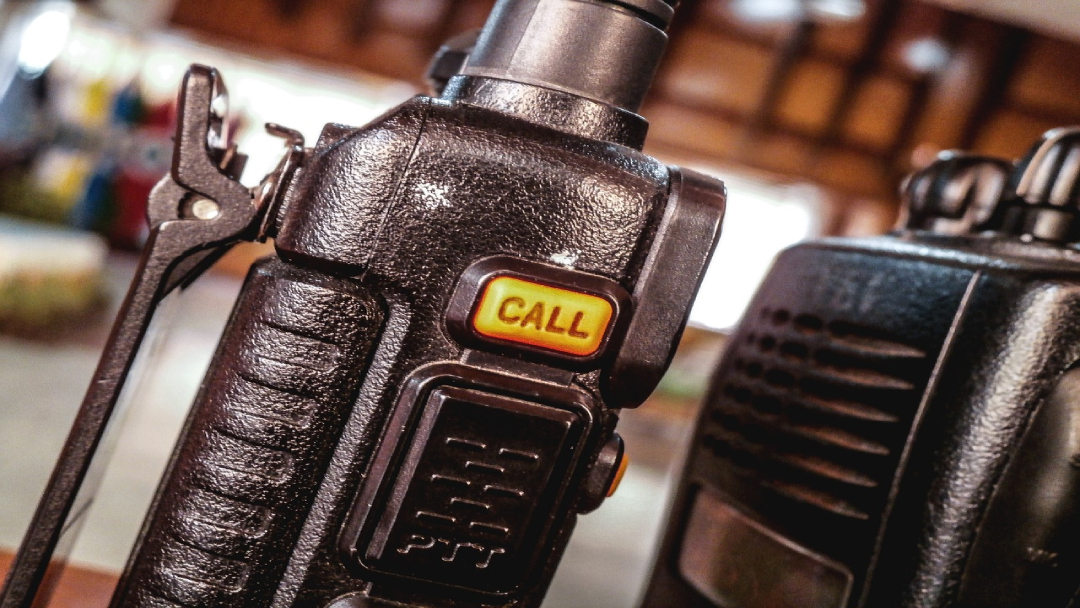Did you know that in 1901 the first transatlantic wireless signal was transmitted by Guglielmo Marconi? Transceivers have come a long way since this first transmission. However, the principles behind the technology remain the same.
Despite this, many people are still unfamiliar with this vital communication device. So what is a transceiver? And what are the different types that you should know about?
In this helpful guide, we’ll be covering the answers to these questions and more. That way, you can get a better picture of the role that transceivers play in your organization.
What Is a Transceiver?
A transceiver refers to a network device that can both send and receive signals. Typically, the term is used to describe wireless devices that support the $844 billion wireless telecoms industry.
However, seeing them in optical fiber cable systems is becoming increasingly common. These types of devices are referred to as optical transceivers. If you want to learn more about optical transceivers, you can check out this helpful guide here.
How Is It Different From a Transmitter?
A transmitter is similar to a transceiver but essential in a crucial way. A transmitter is capable of generating radio waves. That means it can give off a signal and transmit data across vast stretches of the world. However, transmitters are not capable of receiving alerts.
A transceiver is capable of both sending and receiving data. And that’s the most crucial difference between the two.
How Does a Transceiver Work?
How a transceiver specifically works ultimately depends on if it’s half-duplex or full-duplex. If the model is half-duplex, then it can send and receive transmissions. However, it cannot do these things at the same time.
Since the receiver and transmitter use the same antenna, this is impossible. However, as you can imagine, full-duplex means that the two can work in tandem without any issues. It’s more common to see full-duplex transceivers when it comes to network devices.
Related: Don’t Hire Uncertified Fiber Installers: Here’s Why
What Are the Different Types of Transceivers?
You can break transceivers into four main categories: RF (or radio frequency), fiber optic, ethernet, and wireless. In this section, we’ll review each of them and discuss their specific applications.

1. RF Transceivers
RF Transceivers are used to transmit either voice or video information without the help of wiring. You can use them for digital transmissions, baseboard modems, and over-the-wire routers.
It does this through the conversion of intermediate frequencies (aka IF) into radio frequencies (aka RF). You see these types of transceivers used with radios a lot. However, they’re also used to transmit and receive television signals.
Related: IT Cooling Is Evolving For Modern Data Center Needs
2. Fiber-Optic Transceivers
If you require lightening fast speeds, consider investing in fiber-optic transceivers. These transceivers utilize the same technology that makes fiber optics quick in their transmission. What type of tech? Fiber optics convert any data into light.
When this happens, the data can travel at the speed of light. From there, electronic components help decode or encode the light signals depending on if it’s sending or receiving. Just ensure you test your fiber-optic cable before proceeding with the setup.
3. Ethernet Transceivers
An ethernet transceiver is used to send and receive signals between computers and other types of electronic devices. You can also call these types of products media access devices.
Ethernet transceivers follow the strict regulations that the IEEE lays out. The ethernet here is the primary physical component in the form of the ethernet cable.
What will happen is the transceiver provides access to the network. It also detects potential collisions, covers any digital data, and processes the Ethernet interface.
Want to learn what an CAT 6 ethernet cables? Read this guide, and it will tell you everything you need to know about it.

4. Wireless Transceivers
You can think of a wireless transceiver as a combination of RF and ethernet transceivers. There are two parts to a wireless transceiver — the first part being the physical layer. This part contains a baseband processor and an RF front-end component. The media access control section includes the ethernet component. The ethernet component is responsible for all of the following:
- Evading collisions
- Enhancing data flow
- Contacting any wireless links in the area.
All of this leads to a noticeable increase in transmission speeds.
How to Choose and Setup a Transceiver
Hopefully, by now, you have a better idea of what type of transceiver your organization requires. However, don’t feel bad if you don’t. All that’s required of you is to reach out to a professional with expertise in transceiver technology.
Experts can help you plan the perfect telecoms system by choosing the transceiver that best fits your unique needs. What’s more, they can also help you set it up to fit perfectly with your existing system.
Select a technology company with extensive experience using and setting up transceivers. That way, you can benefit the most from their knowledge.
Do you requre help setting up your new transceiver? The experts at C&C Technology can help you implement these pieces of technology flawlessly if you contact us today.
The Importance of Transceivers
As you can see, transceivers are an essential part of how radio communication operates. However, as our society has drifted away from radio, transceivers remain vital to digital communication.
With this critical technology, we can transmit or receive the data we use daily. However, there are a lot of different transceivers these days.
That’s why it’s essential to know how this technology works and the different types that are still applicable today—that way, you know that you’re using the correct transceiver for your needs.
Related: Higher Densities in Higher-Education Applications
Last Updated on June 8, 2023 by Josh Mahan




